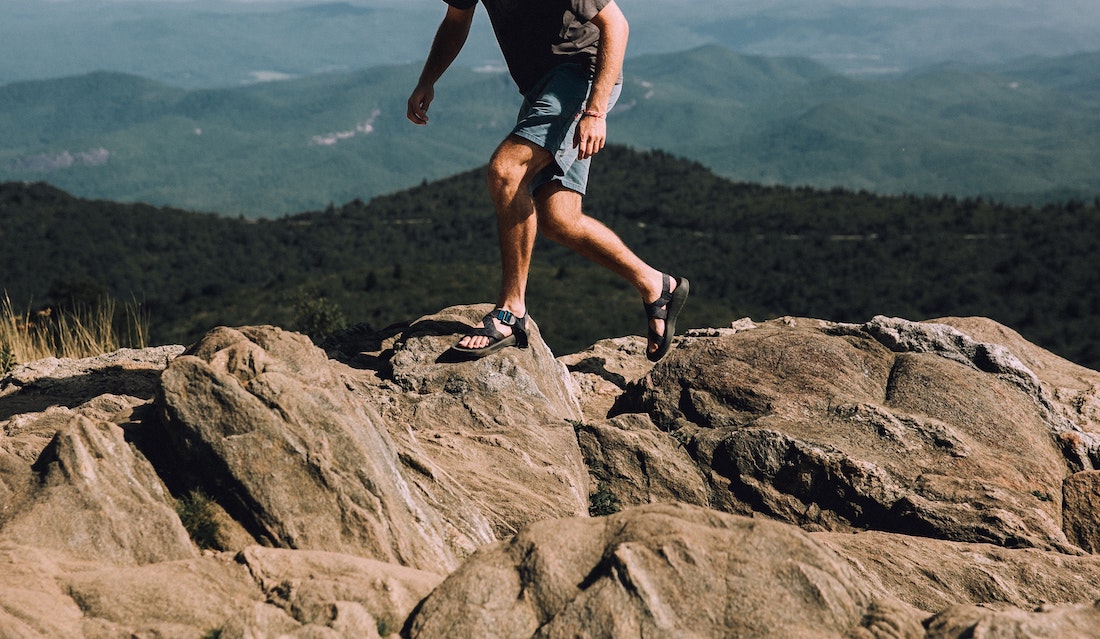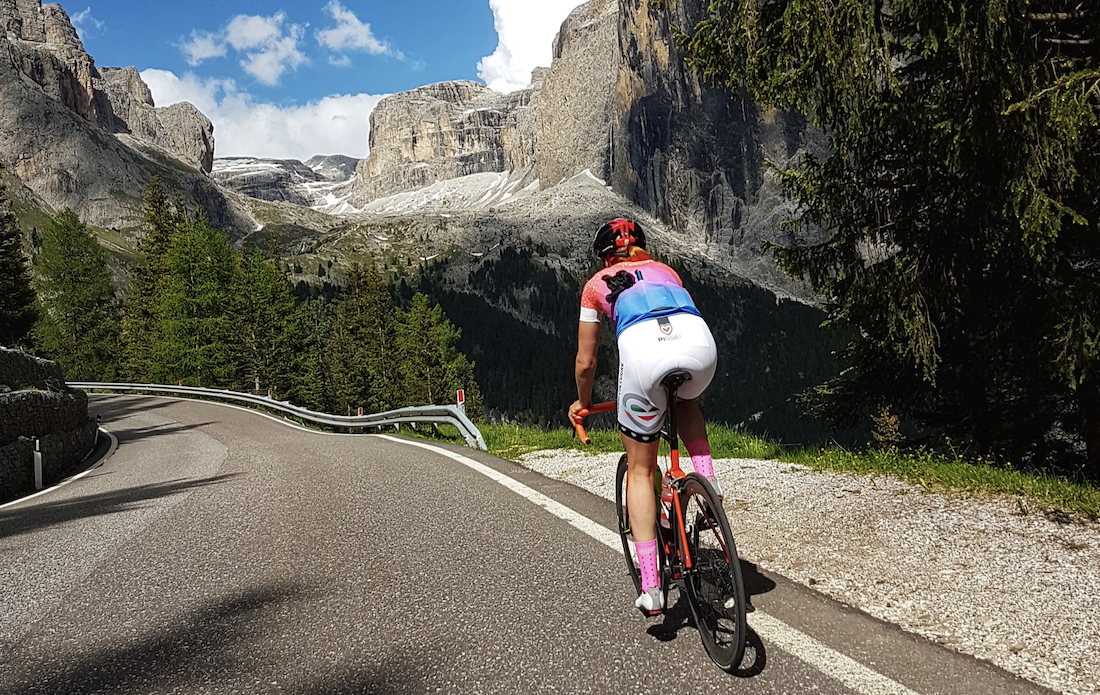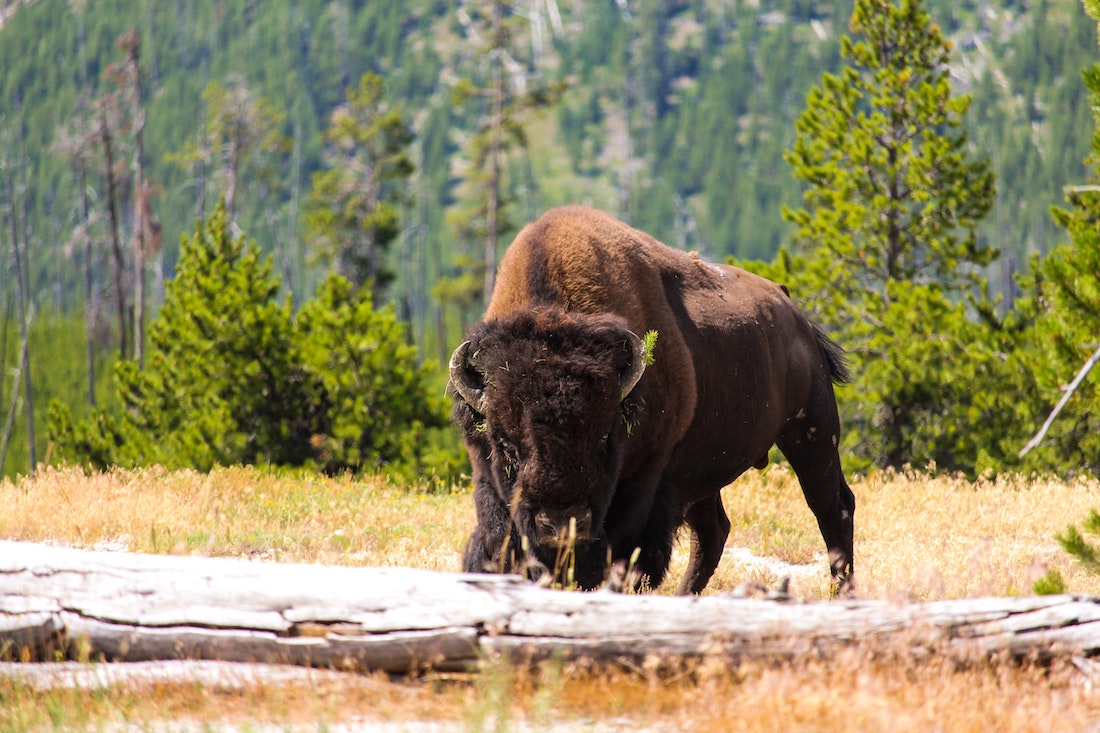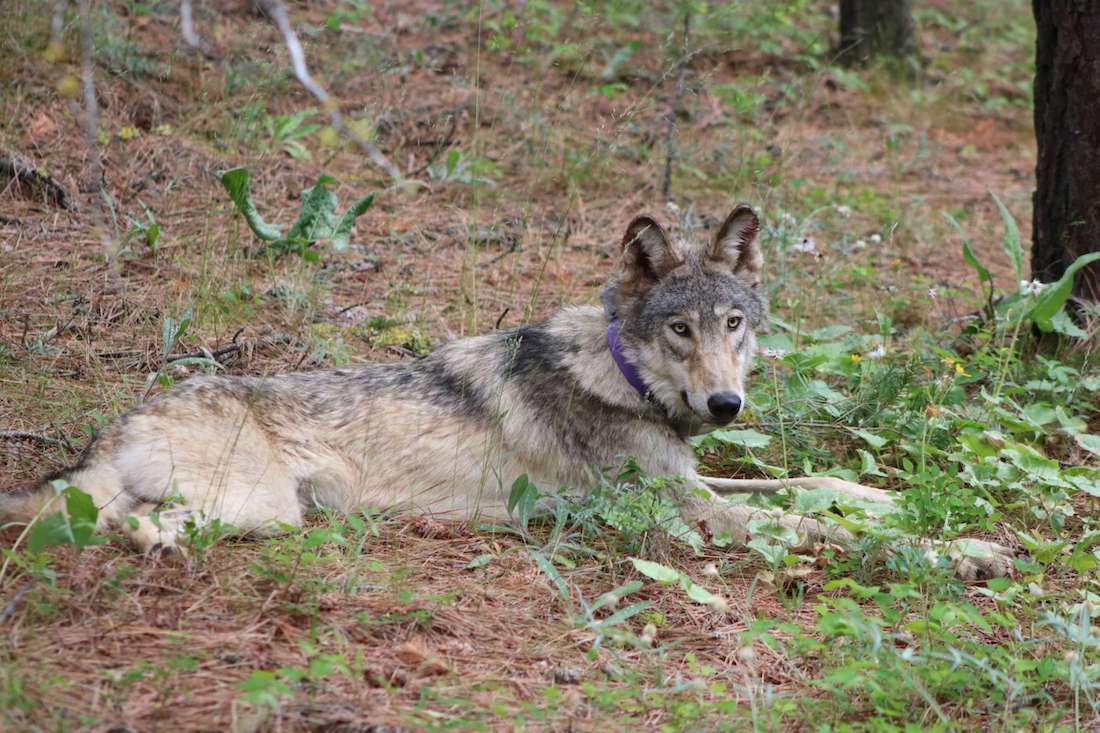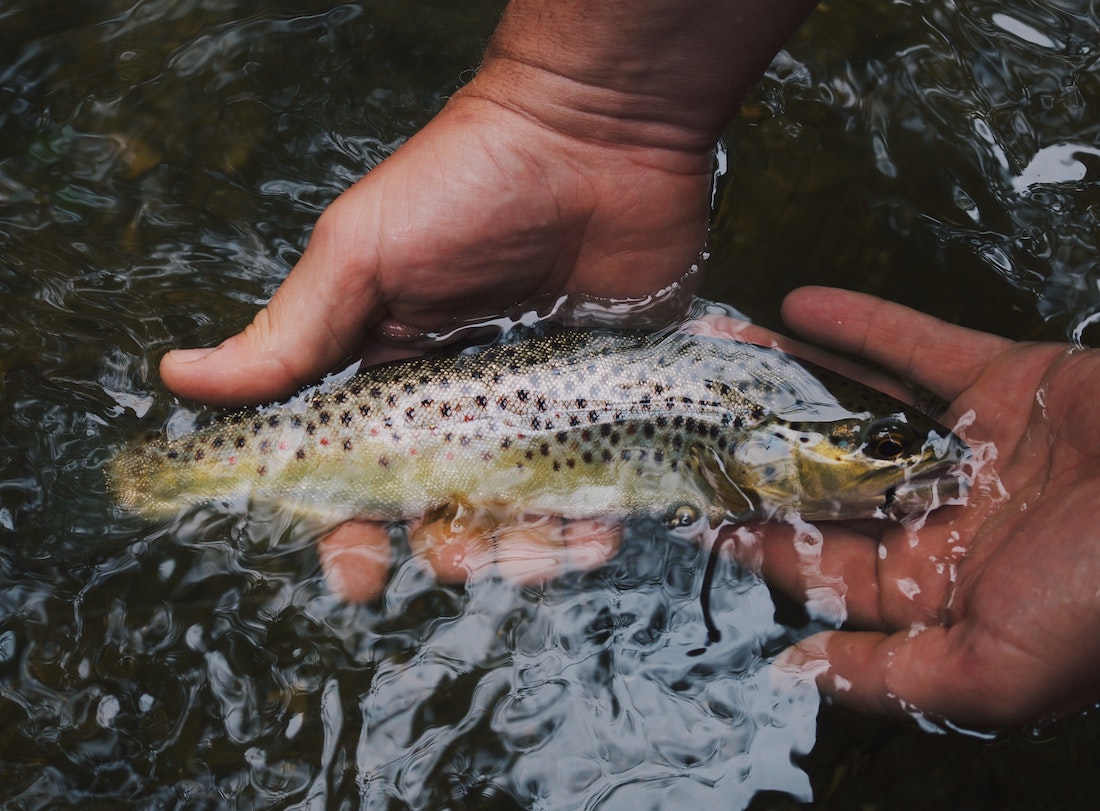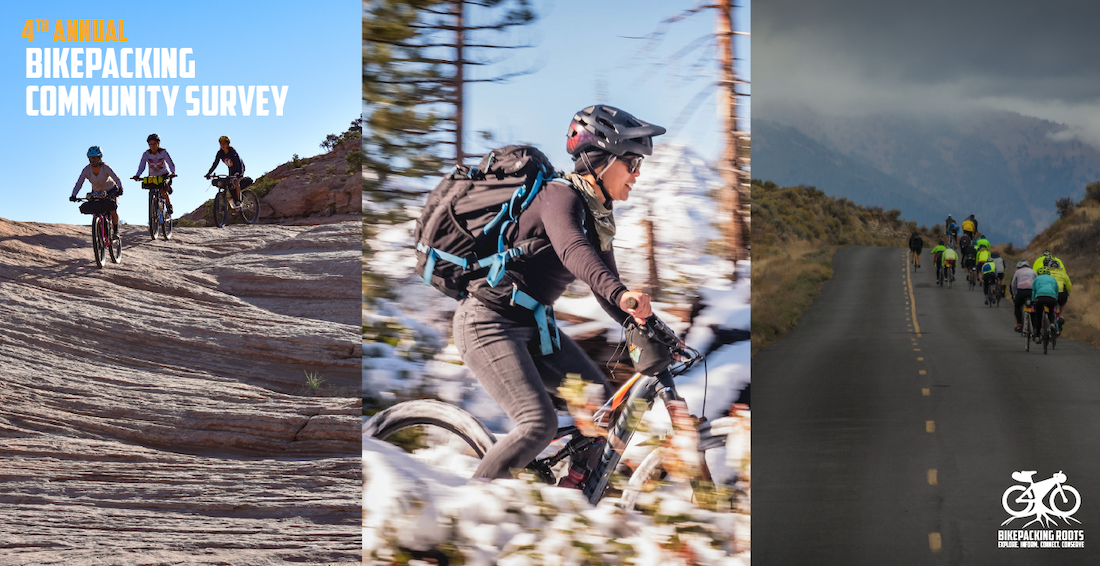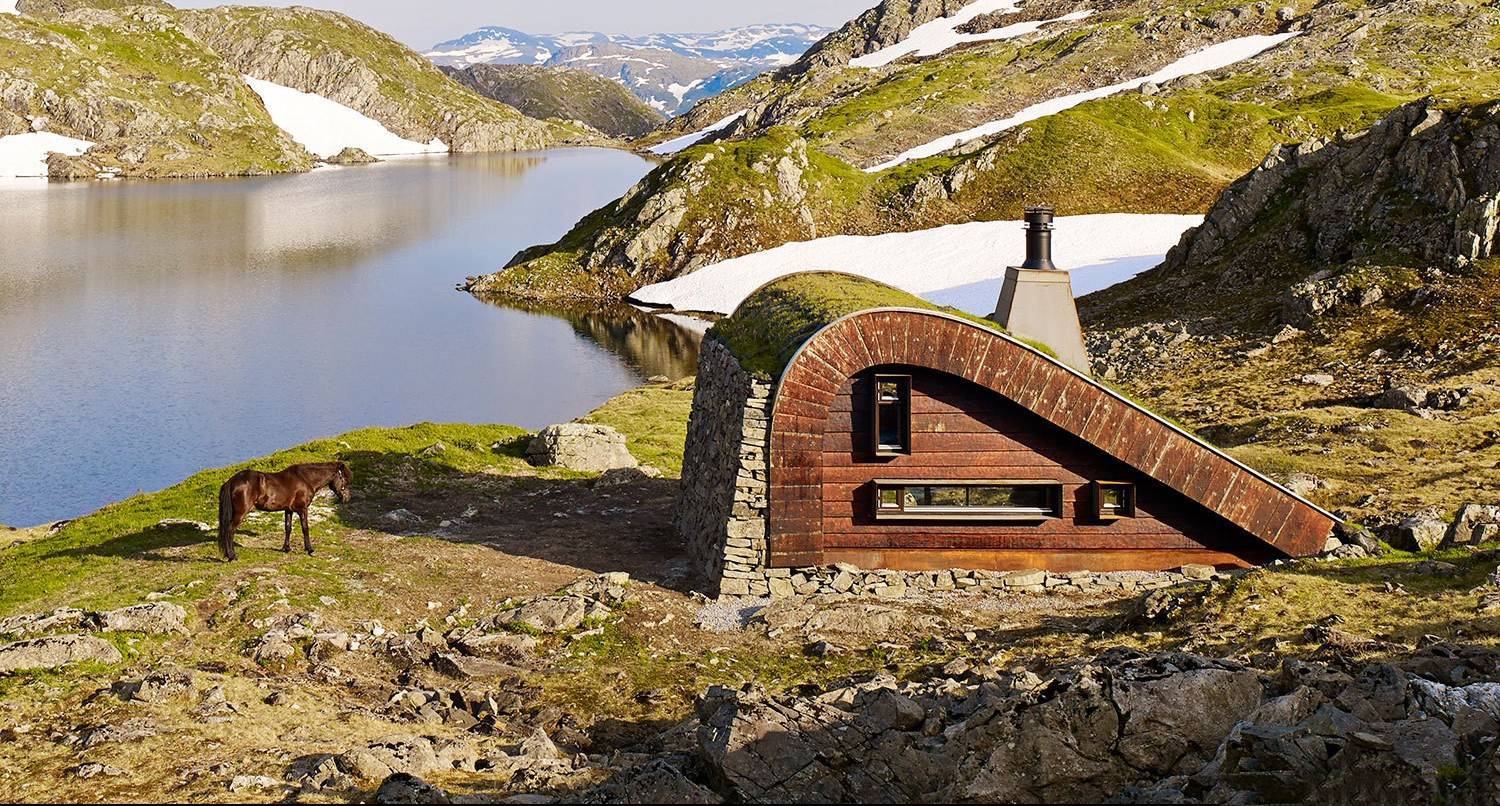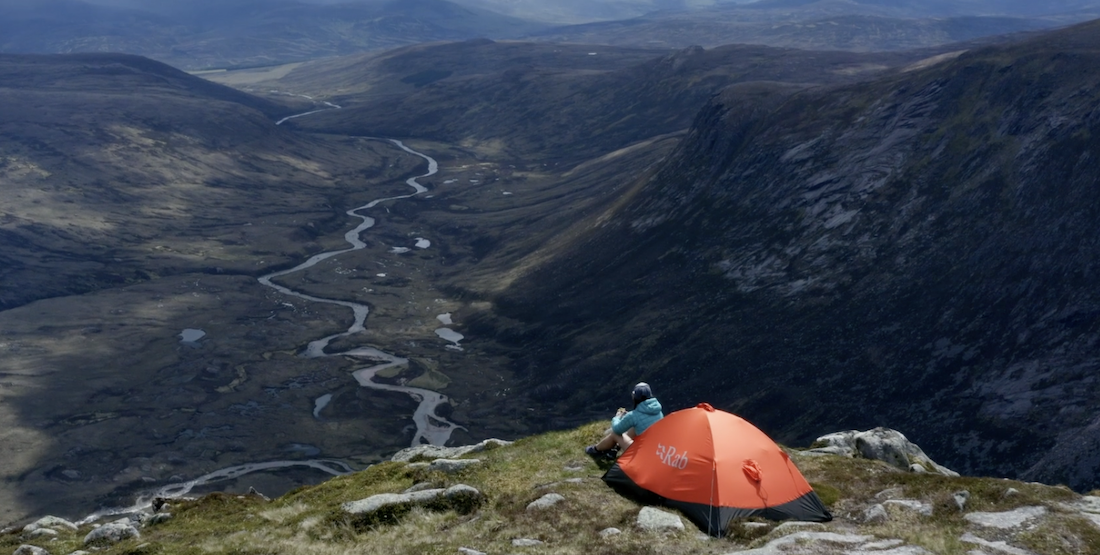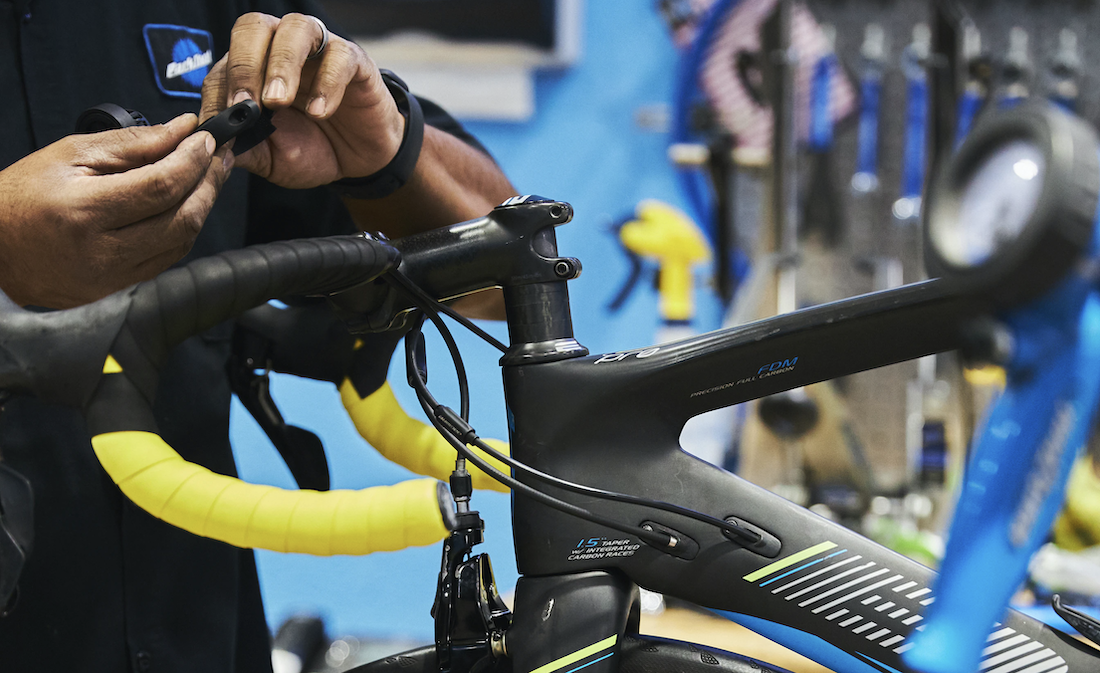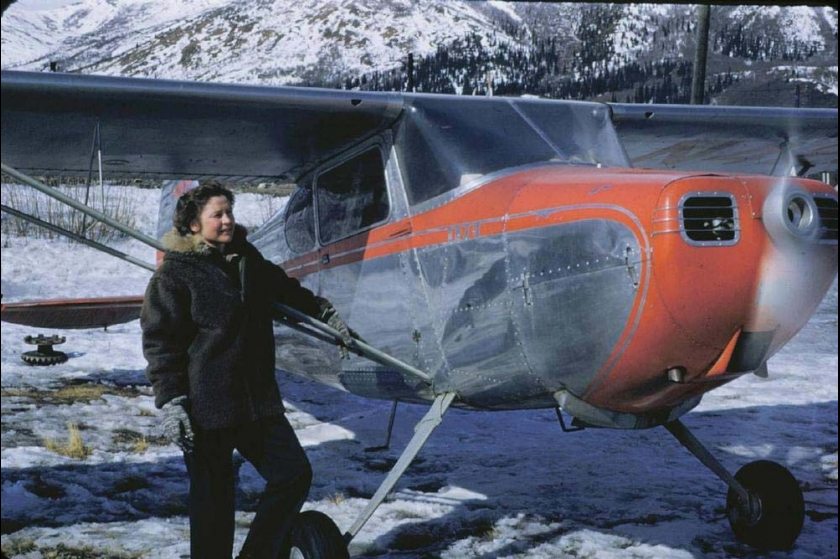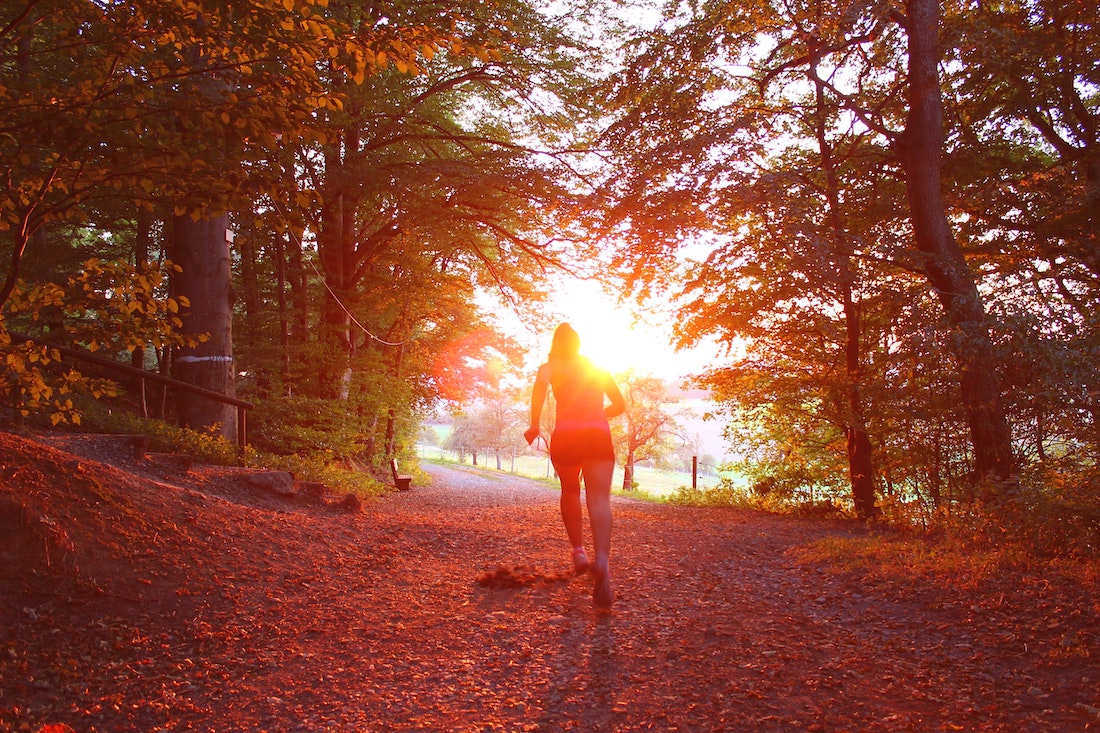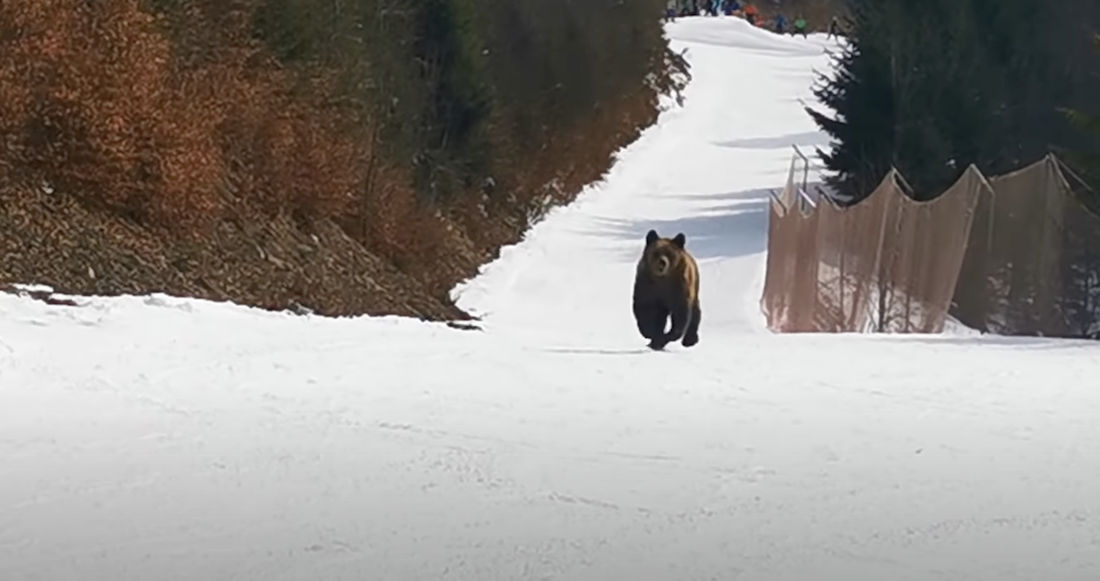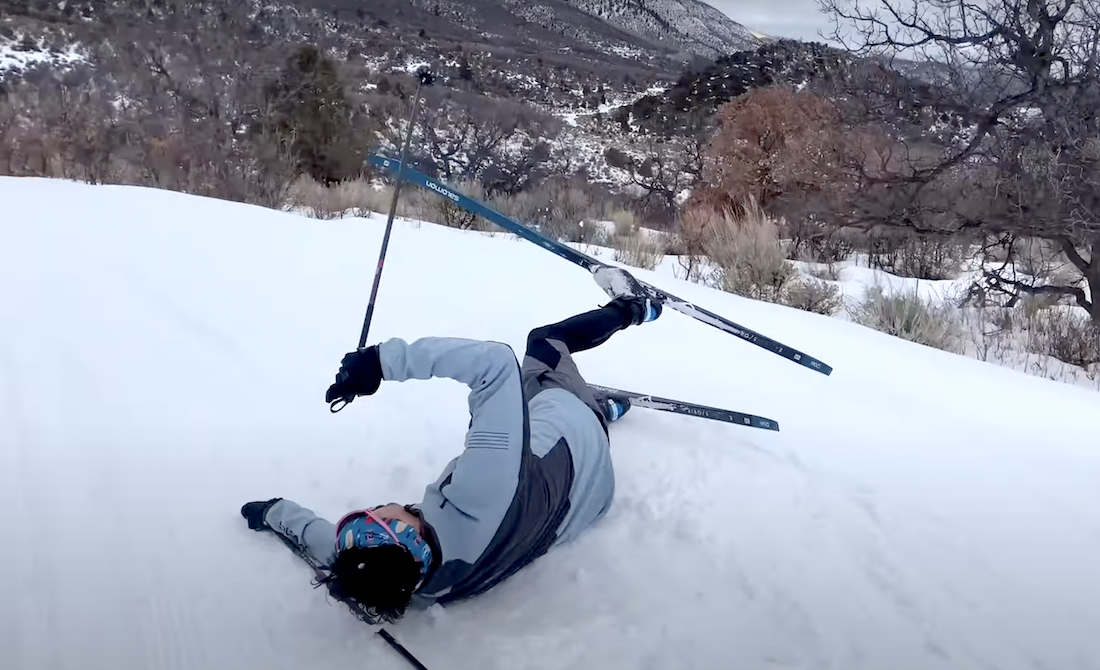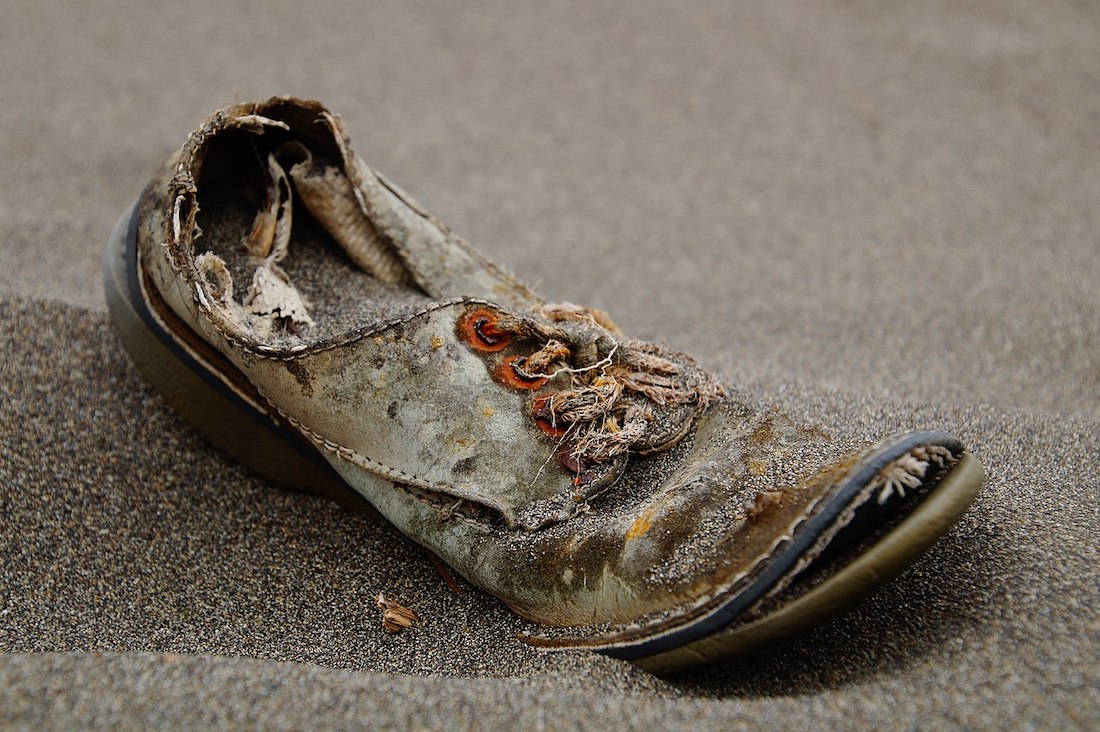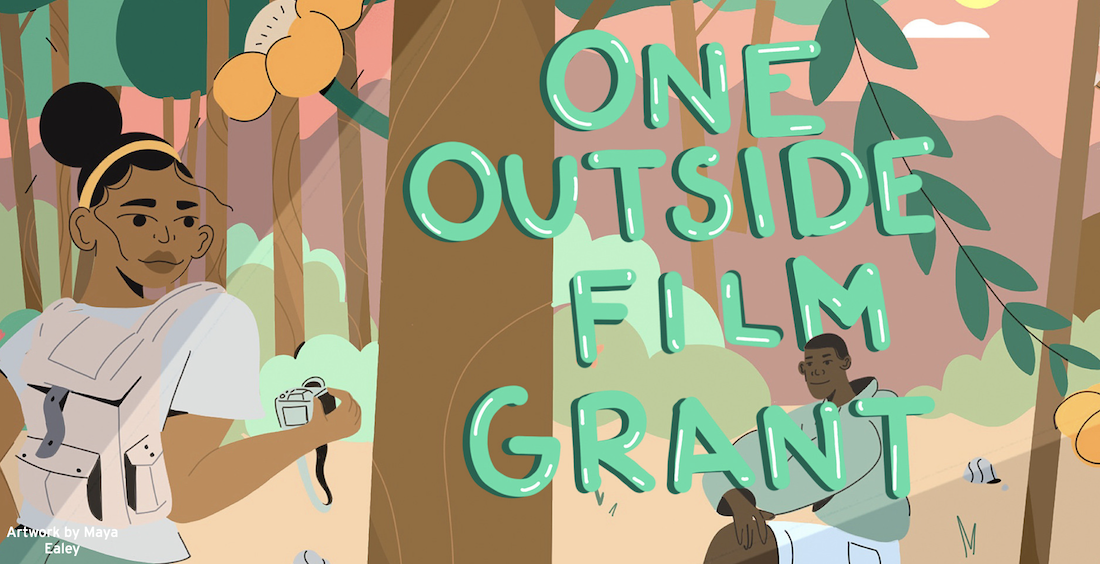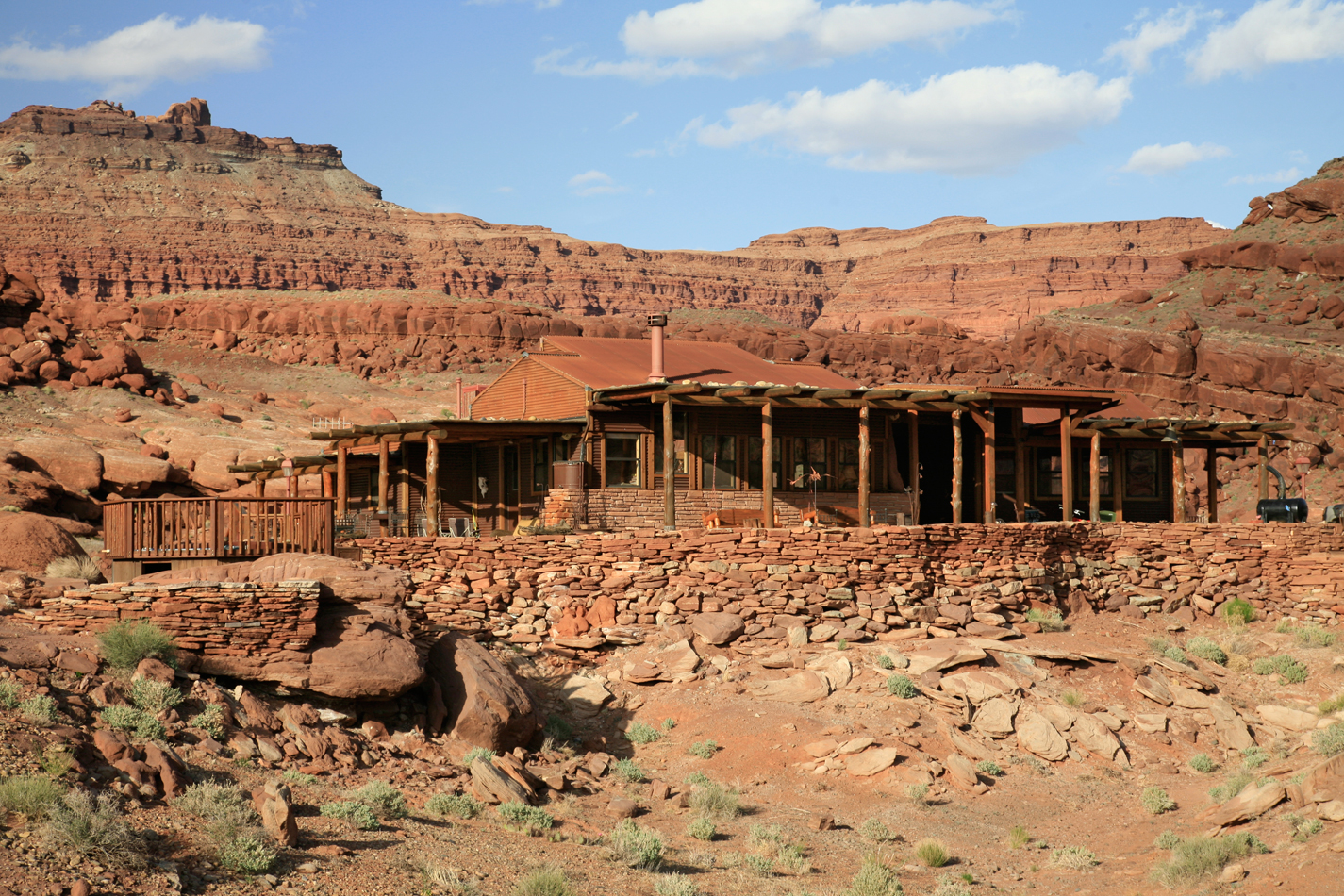Journalist and Mountain Journal founder Todd Wilkinson is also a longtime fly angler. In the conversation beneath, he joins the magazine’s nationwide Washington DC correspondent Tom Sadler. The two dove into the “hero pose” prevalent to fishing, in which the prosperous angler retains his catch up to the digital camera, ahead of placing it back again in the drinking water. But what are the ethics there? Capture and release was when more than enough, but fly anglers are turning out to be extra sensitive to the authentic sensations fish knowledge, and have started asking by themselves really hard thoughts about their pastime.
This piece initial appeared at The Mountain Journal, and is republished below with authorization from Wilkinson. – Ed.
***
TODD WILKINSON: Our area is one of the fly-fishing meccas in the world. In many Higher Yellowstone residences, and in several households of individuals who go to Larger Yellowstone, there are images of individuals posed with the video game animals they’ve taken all through the hunt or on fishing outings. It is a ritual in angling that extends to nearly any species of fish. You have been a longtime guide and conservationist. What is this tradition all about? It certain appears to be to have proliferated with the combo of camera telephones and social media.
TOM SADLER: It’s rather uncomplicated. If you capture a fish, you want to be able to verify it. You’ve listened to the outdated saw, “all fishermen are liars,” so with that type of name, fisherman experience compelled to document the occasion. In which the challenge for the fish arrives in is when fish are tossed up on to the financial institution, the angler digs all-around for the digital camera, poses with the fish, then chucks the fish back into the drinking water. That positive is not fantastic for the fish.
In angling parlance, some refer to it as “the hero shot.” Can you describe the which means of that?
The so-known as hero shot is holding up the fish out of the drinking water, out in front of your grinning mug. It “proves” you caught the fish. It’s an age-previous practice and back in the day when folks maintain all the fish they caught, it truly wasn’t performing any a lot more hurt to the fish. It was dead or headed that way. As anglers and methods progressed, and catch and release became much more common, fish managing tactics were being revisited and all those in which the fish was out of the water for a long time have been questioned.

On-line editor Justin Housman at Ramshorn Lake, Montana. Picture: Margaret Donoghue.
You have stated to me in dialogue that there are actually boards the place this phenomenon is talked over alongside with chats about barbless hooks or utilizing flies with no hooks at all. Who set them the internet websites and why do they exist? It positive looks that more persons are reflecting on this—trying to empathize with fishing from the viewpoint of the fish. Let us position out to audience who feel defensive that MoJo is not “anti-fishing” just as when we recently reviewed ethics in hunting and anti-predator bills in the Montana legislature, we’re not anti-searching possibly.
Contemplating about fishing from the viewpoint of the fish is under no circumstances anti-fishing in my ebook, just the reverse. It was Lee Wulff, a vocal proponent and possible the originator of catch and release, who mentioned, “gamefish are too precious to be caught only as soon as.” The reasonable inference is if you are heading to release a fish you want it to are living. That signifies you manage the fish with treatment and respect. Very good anglers and guides know fish dealing with techniques are a talent you have to have to master and use.
I’ve read fish referred to as a “renewable useful resource,” particularly trout populations like we have in Montana where streams are not stocked and instead the emphasis is on nurturing conditions for wild, river-born fish to prosper with a good deal of high-quality habitat…
In the last few several years, capture and launch has developed. My close friends Andy and Sascha Danylchuk have been primary an effort and hard work called Maintain Fish Wet. “Science displays that even smaller adjustments in how an angler catches, handles, and releases a fish can have positive results after that fish swims absent,” they’ve written. “ Not only does employing greatest practices improve survival charges of fish, but it also aids fish return to their ordinary behavior as rapidly as achievable immediately after launch. Employing ideal techniques for catch-and-launch is a fast and effective way to put conservation into observe.” I motivate our visitors to understand about it on their web page, Keep Fish Moist.
https://www.youtube.com/look at?v=UE6GrJr6oVg
Yet another topic requires humans exhibiting empathy for the fish that when it is taken out of the h2o for a picture the angler then holds one’s breath. You should demonstrate.
It’s a fairly straightforward idea. If you choose a fish out of h2o you are forcing it to maintain it is breath. So, fair’s reasonable. If you want a “hero shot” or some this kind of with the fish out of h2o then when you acquire the fish out of drinking water, just take a breath and keep it. When you need to have a breath, then the fish does far too.
The other point is water drops. If there are not drops of water coming off the fish, then it has been out of the h2o far too extended. There is a new capture phrase likely around that would make sense, “make the fish the hero.” If you want a picture, do it with the fish in the drinking water. Brian O’Keefe is a grasp at this. Visitors can look at out his photographs on his web-site, Brian O’Keefe Pictures.
For the document so that viewers recognize, I fish have my whole daily life it is section of the imprint of character produced early and I cherish the memories. Stating this, and owning conversations with men and women in the angling neighborhood whom I admire, there is also this truth: Usually dismissed is the actuality that with capture and launch fishing, we are making use of fish as objects for our particular entertainment and pleasure. They do not ask to be dragged from the water nor take part in a likely distressing action more than and in excess of once again if they endure. I notice that to fish is to rationalize. Do you wrestle with this way too?
You are digging deep with that problem. Yes, In the previous couple of a long time I have wrestled with it. On a single level there is no rationalization that will make perception to all people today. And I can are living with that. The reason I fish is for what it does for me. It is, as you claimed element of the imprint nature manufactured on me at the get started of my life. I respect the fish, the habitat and the opportunity. For me it goes way further than amusement and satisfaction although people the two are added benefits. It is the justification or justification or rationalization to get out to the wild. Exactly where I fish and how I fish are what receives me outdoors and floor me. As Robert Traver wrote, “Because, in a earth in which most gentlemen seem to commit their life executing issues they dislike, my fishing is at at the time an infinite source of delight and an act of tiny revolt.”
The “collateral benefits” to the ecosystem are section of the justification or rationalization for my fishing and guiding. Mainly because I treatment so significantly for fishing and the sites I fish, I do a good amount to defend them. Would I put the identical work into guarding those people spots if I did not fish? Probable not. I suspect that is legitimate of several anglers.

A band of fishing folk, young and old, pose with their catch in Yellowstone a long time just before the park imposed strict catch and release polices. Photograph courtesy NPS
What is the finest particular epiphany that fishing has ever presented you?
The biggest private epiphany has to be how much I enjoy currently being out there fishing, either on your own, with buddies or with customers. I’ve been fly fishing for extra than 50 a long time and I was just as excited to go out last week as I ever was. Almost nothing else I do comes close. I anxiety losing it, so I combat tough for it.
When you are guiding, say, a stressed out company govt who is tiered to frequently competing, possibly in the marketplace or on the golfing system with associates, how do you assistance them change absent from wondering about fishing only as an endeavor of how many fish they hook or how massive?
That may be the toughest puzzle in guiding for me. I like to transfer the discussion towards the expertise alternatively than the figures. I’m very up front about it with all my customers at the begin of a vacation. I like to know what their expectations are. If they are seeking for figures, I give them a sensible response then, as the day goes on, I communicate about the fishing working experience when they catch 1. What they did, how tricky or simple it was, what the fish did, what the shopper felt and acquired. Often more than enough they begin seeing the even bigger image.
Let’s close with this. How do you individually push by yourself to recognize the intrinsic price of nature or of wildlife, which is different from viewing it as largely an amenity that exists to be monetized—and what can we master from that?
I think I’m lucky that way. I know that the areas I fish, are for the most section, lovely spots, so I do not have to thrust myself. I’m generally quite fantastic about situational consciousness and getting a feeling of what is all over me, so I choose edge of that and commit time appreciating my environment and savoring the comfort and ease and solace of those surroundings.
So, can we also go searching and fishing with the intent to not only see how well our aim is or no matter if we can match a hatch and get fish to increase to the synthetic fly?
Here’s what we can discover. Really do not settle for just one motive to go outside. There are so a lot of far more reasons to get out there and enjoy it, study from it, develop into humbled by it. As Edward Abbey stated, “breathe deep of that yet sweet and lucid air, sit quietly for a even though and ponder the treasured stillness, the beautiful, mysterious, and amazing room.”
The great outdoor is effortless to take for granted, particularly one particular that has wholesome fish and wildlife populations. If we really don’t discover or re-understand to value the intrinsic value of character we will wake up a single working day and it will be absent or taken away from us.
https://www.youtube.com/look at?v=Lo2PT_bY6fc
prime picture: Hunter Brunfels/Unsplash

